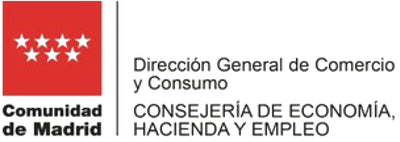What is minimalism in digital product design?
Before talking about minimalism in digital product design, we must start by talking about usability.
"Usability is defined as the extent to which a product can be used by specific users to achieve objectives with effectiveness, efficiency and satisfaction in a given context."
Based on this description, a total of 10 usability principles were defined that serve as general guidelines for the creation of graphical interfaces.
Among these principles we can highlight number 8, "Aesthetic and minimalist design" . According to this principle, interfaces should not contain information that is irrelevant or rarely needed. That is, the minimalist design only shows the information that the user needs at that moment. It rejects the ornament and the decorative, since each additional unit of information ends up competing with the relevant information, generating less visibility of the main message. At Minimalism we apply it to our Home and Product Pages .
A minimalist design does not mean that everything has to be in black and white, aesthetic and minimalist design seeks a logical hierarchy of content so that the user fulfills his objective in the simplest way possible.
The minimalist design puts the focus on the content rather than the container. In minimalist design, content is king, so any external noise that creates distractions is rejection. In minimalist design, everything must respond to a reason, it must have a purpose, a function. Know the whys of Minimalism
This minimalist principle can also be applied at the business level. When you eliminate everything superfluous, you are left with the essence, your values ... which is what is really important, and what people connect with.
Follow this link if you want to delve into Jakob Nielsen's 10 principles of usability
Our best-selling organic cotton packs

















